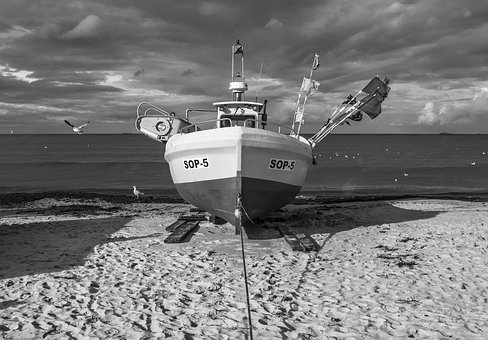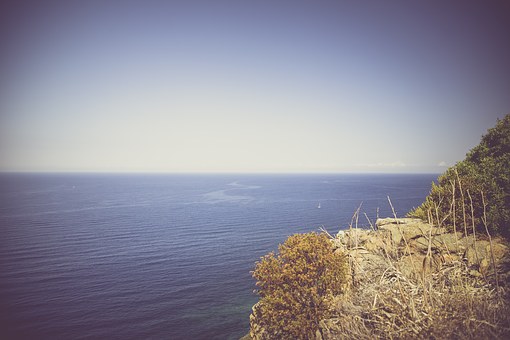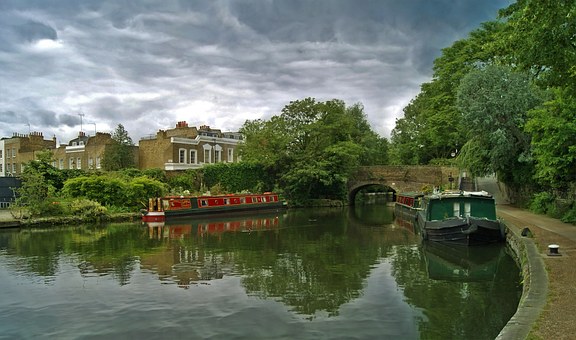Inflatable Boats Maintenance: The Hard Parts

The hard parts of an inflatable boat are the wooden and metal parts
. Take care to clean these parts with stiff brush and soap. If there are scratches and abrasions that are deep enough to penetrate the hard parts, then you need to repair any break in the finish to control damage.Wood Parts
Breaks on the wooden parts admit water that will warp and rot the wood. There are two types of finishing for the wooden part of a boat: polyurethane varnish or enamel paint. Here is a broad guideline on how to go about it.
Varnished Surfaces . Varnished surfaces are either polyurethane varnish or polyester finish. These finishing looks great especially if the boat has about 20 coats of varnish. If the boat's finish is polyurethane you can touch up the shallow abrasions with a small brush applying a marine grade polyurethane varnish. If your boat's finish is polyester, tough luck as your only option is to strip the polyester varnish and start from scratch because no one makes polyester varnish anymore and polyurethane will not adhere to polyester.

If you have no idea how to strip and repaint your boat, it is best that you have someone knowledgeable do it. The fabric part of the boat cannot be compromised with even a drop of the wood stripper. There are probably very few boats that have polyester varnish now and their owners probably are seasoned yacht's men who know how to mask the boat, strip the wood, sandpaper, neutralize with denatured alcohol, sandpaper again, then apply a good coat of marine polyurethane finish. The more coats you apply the better it is for the good- aesthetic-wise and durability-wise.
An easy way to treat damaged polyurethane and polyester finishes is to soak them in boiled linseed oil. The linseed oil will not repair the rugged look of your boat but it will penetrate through the scratches and therefore protect the wood. You can do the linseed oil-soak indefinitely for wood protection.
Painted Surfaces. If the varnish finish has deteriorated to a point-of-no-return, paint enamel over it. If your boat's finishing is enamel paint, touch-up work is a lot easier as it is easy to buy a matching paint. If you have no plans of repainting the whole boat, then just sandpaper the spot to be repainted to take the gloss off. Cover any fabric near the wooden part then spray or brush the paint on to the damaged area. You can also do the boiled linseed oil treatment here.
Metal Parts
All inflatables have metal parts of either aluminum or stainless and sometimes mild steel. These materials also oxidize that they need to be inspected and maintained periodically.
Stainless Steel. To maintain, occasionally apply WD-40 for maintenance and cleaning it with metal polish to remove stain and minor scratches. However, if there is rust, you need to remove the metal part and soak it in 50:1 solution of muriatic acid. Mix the muriatic acid in a plastic container. The metal and acid will react and the fumes will be quite toxic so do the procedure in a well-ventilated area and observe safety measures. Once the "bubbling" stops, the rust is gone so you can proceed to flush the metal with fresh water. Polish and apply WD-40 before reinstalling.
Aluminum. You can use WD-40 for aluminum but you cannot soak it in muriatic acid. If it has rust, just scrub it off with ScotchBrite soaked in WD-40. If there are visible scratches then seal them off with clear lacquer or nail polish. To stop erosion on hollow aluminum oars, spray the cavities with Boeshield T-9, a brand of corrosion inhibitor.
Mild Steel. There are outboard brackets made of mild steel. Keep the protective plastic coating intact to prevent it from rusting. You can use liquid electrical tape or liquid rubber to protect mild steel. Application is by brush and can easily be done. Clean the area with acetone before applying any of the two liquids.
If there is bulge under the plastic, the mild steel has corroded. Peel out the plastic coating to expose the metal. Brush the rust off and clean the area with Ospho, a phosphoric acid. Keep on brushing the Ospho. Once the foaming stops, let it dry, flush with water, clean with acetone then apply the liquid rubber or liquid electrical tape. Wrap the repaired area with plastic or vinyl tape for it to last longer.

For more information aboutInflatable Boats Maintenance: The Hard Parts please visit:
http://inflatable-boats-kayaks-and-canoes.com/inflatable-boats-maintenance-the-hard-parts/default.php
Inflatable Boats Maintenance: The Hard Parts
By: Alberto Inflatable Boats Maintenance: Bottom Paint Inflatable Boats Names and Numbers Choosing Good Storage Space For A Boat Charter A Boat On The Sea Paradise Island Of Malta KCTC KERALA TOUR P LTD- HOUSEBOAT CRUISING IN KERALA BACKWATERS Download Jack Goes Boating Movie High Speed Divx Quality Movie Living On A Narrowboat The Downside See Customized Boat Tours Throughout The Summer Season Sticky: A Guide to Using Boat Building Epoxy Wood Boat Restoration Basics Boat Storage - Options That You May Consider Brunton Boatyard- Where The Old World Beauty Meets The New Age Comforts KCTC KERALA TOUR P LTD- KERALA HOUSEBOAT PACKAGES